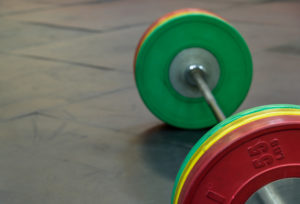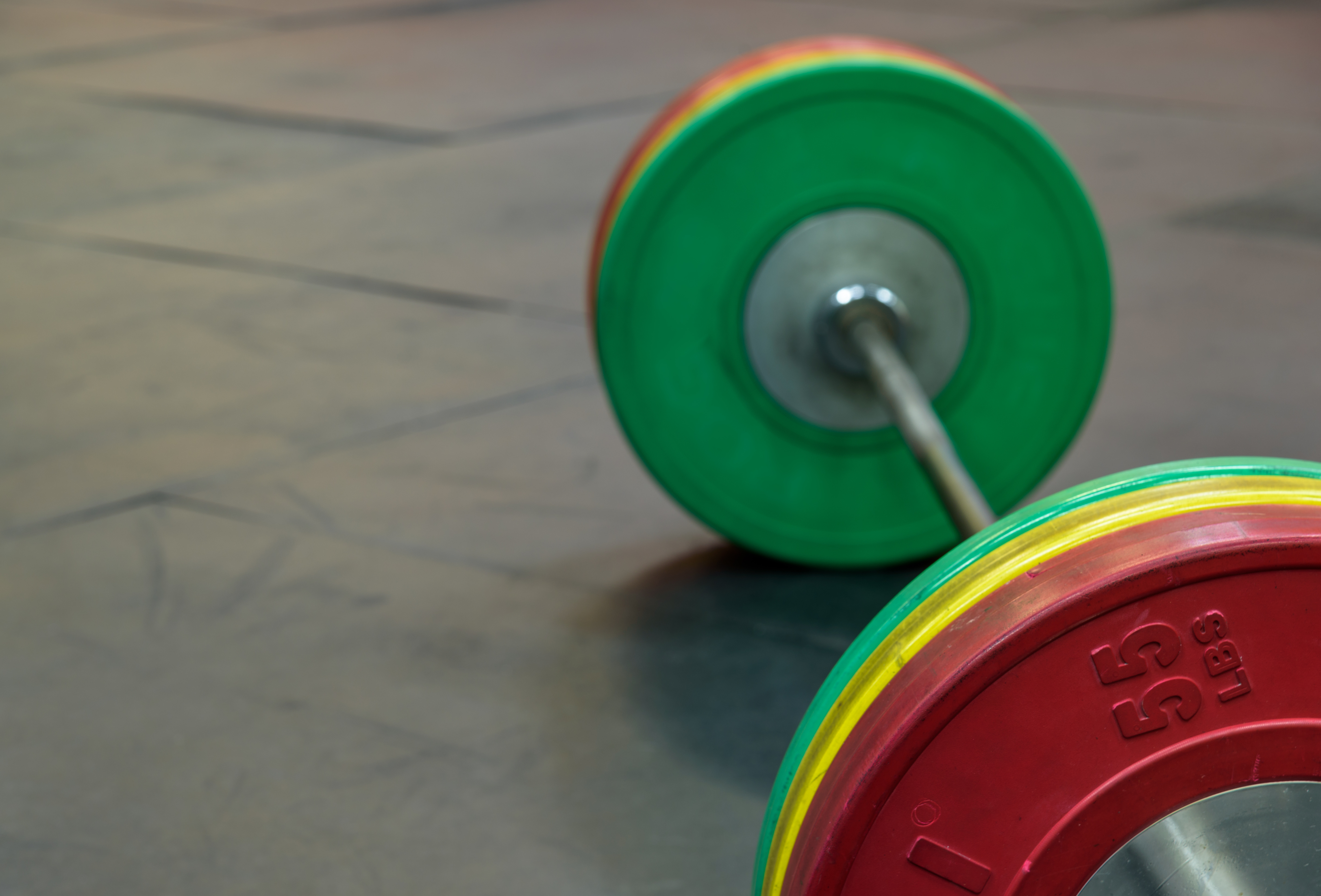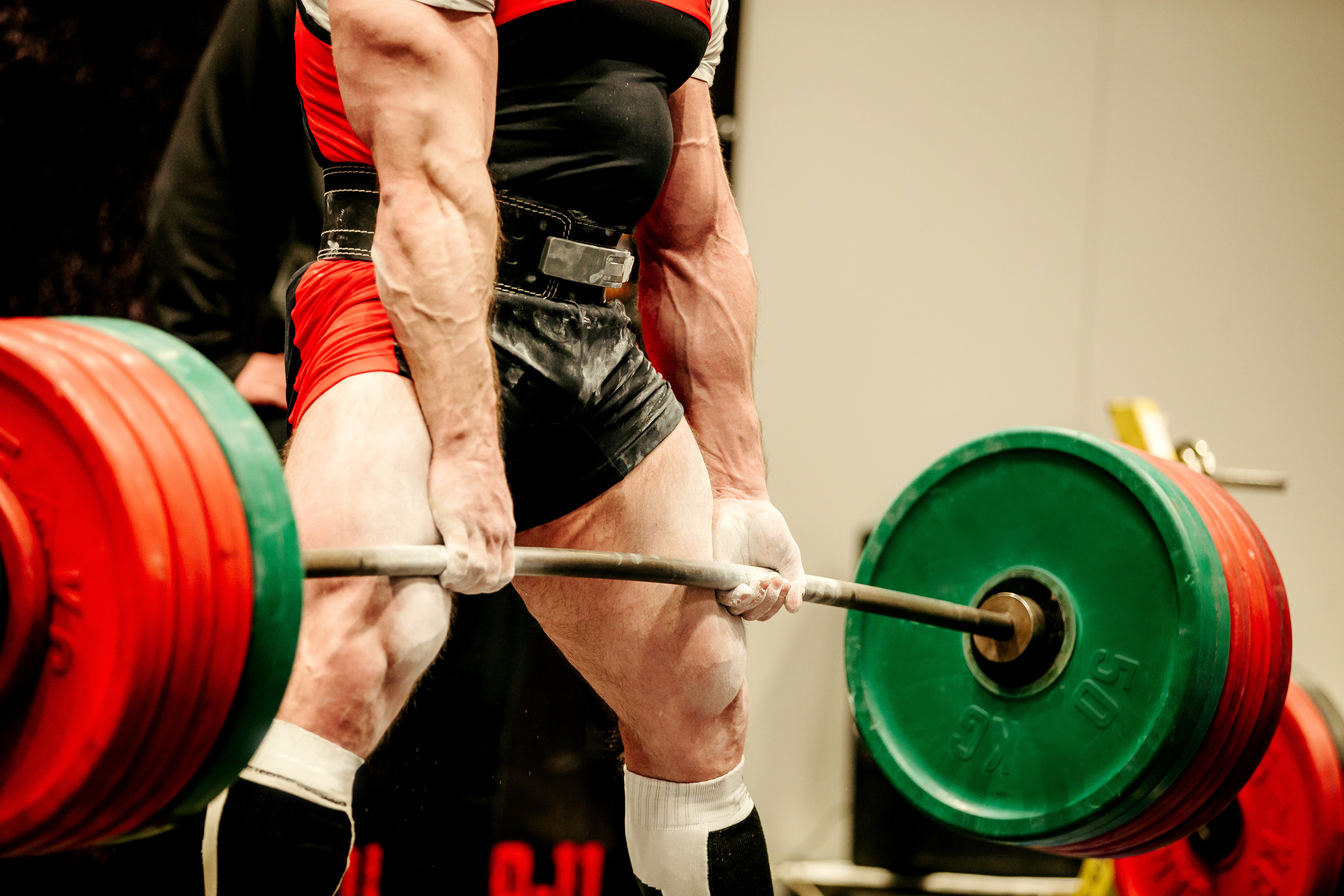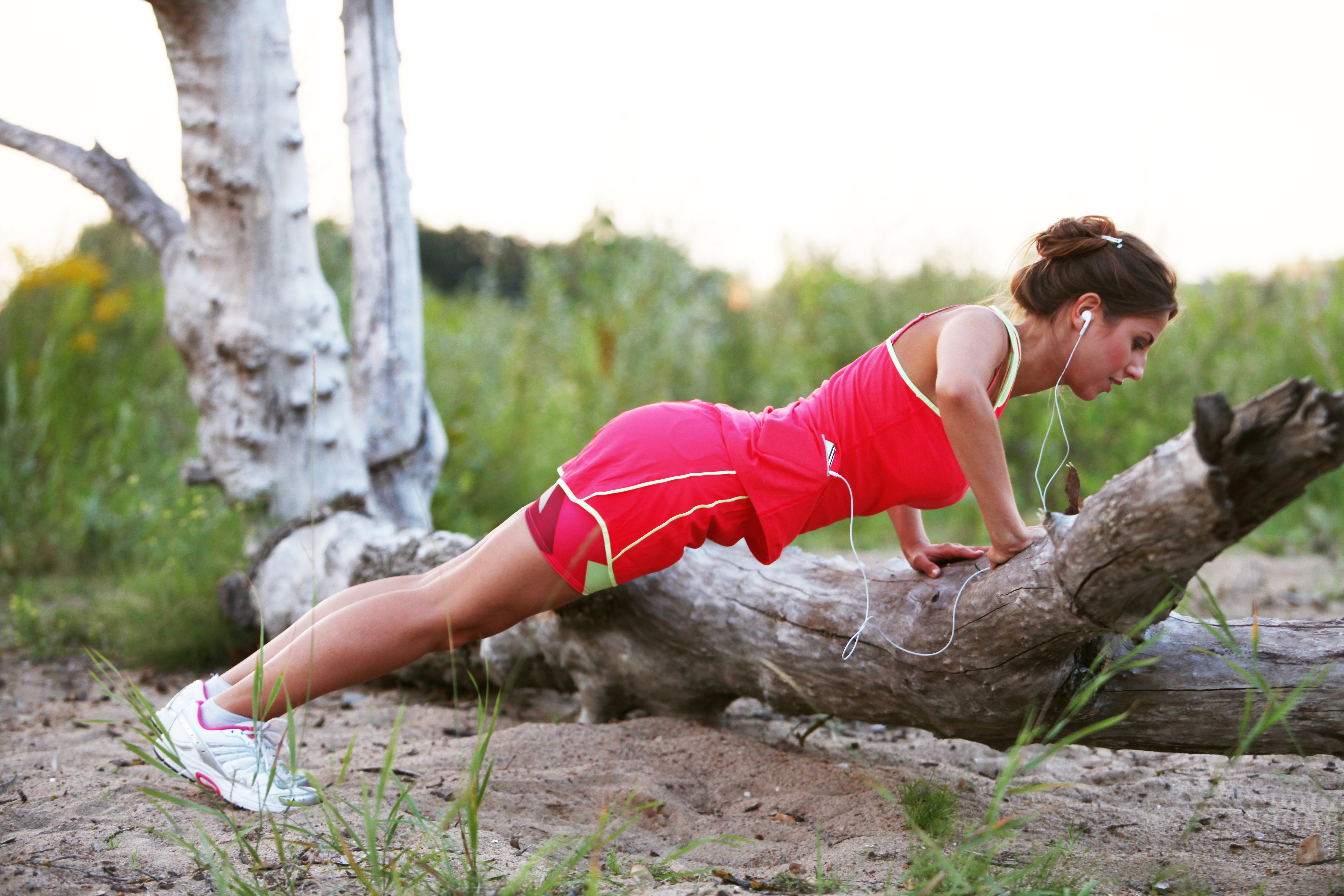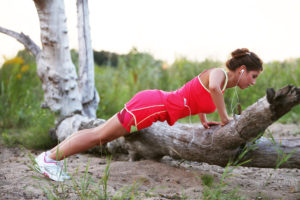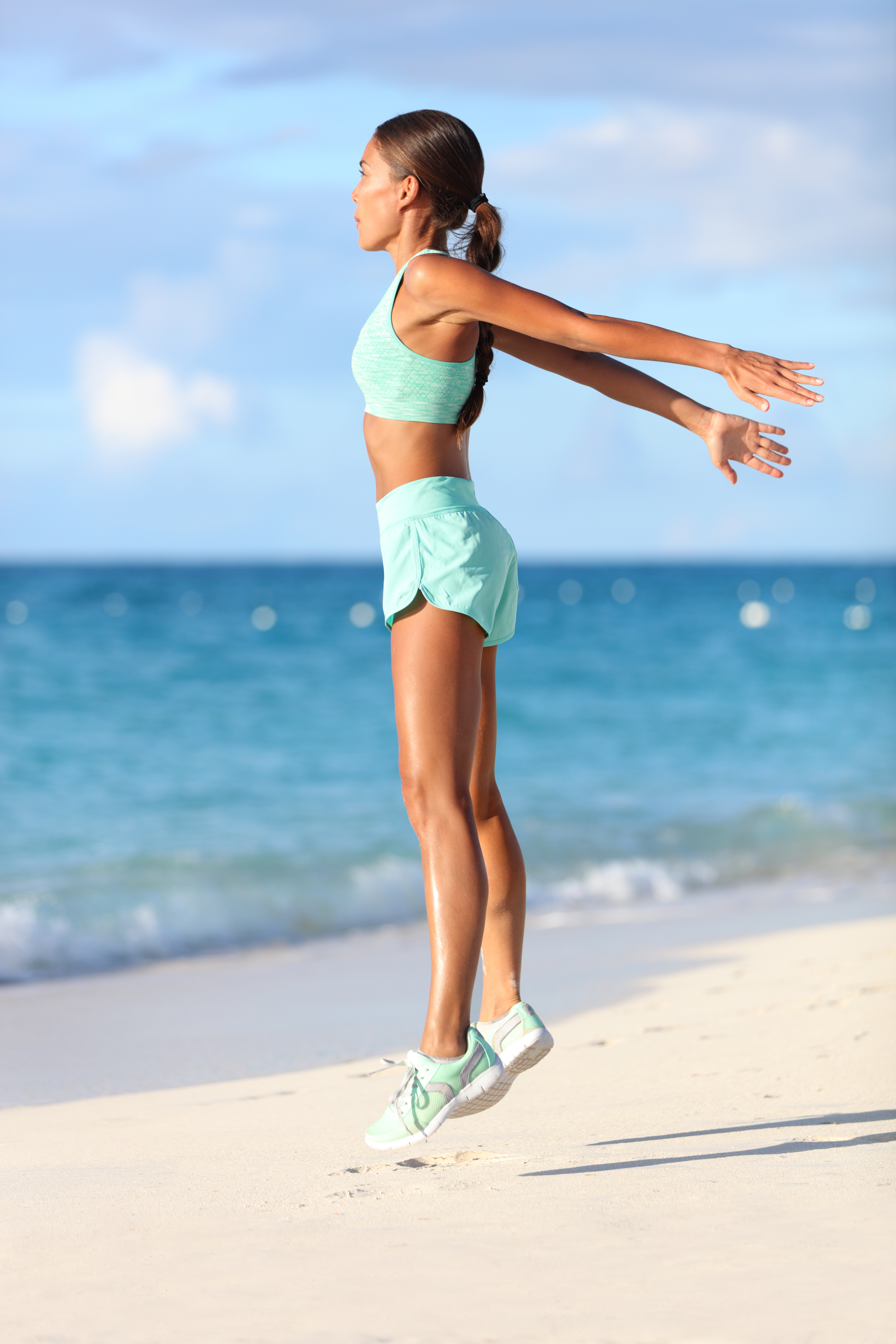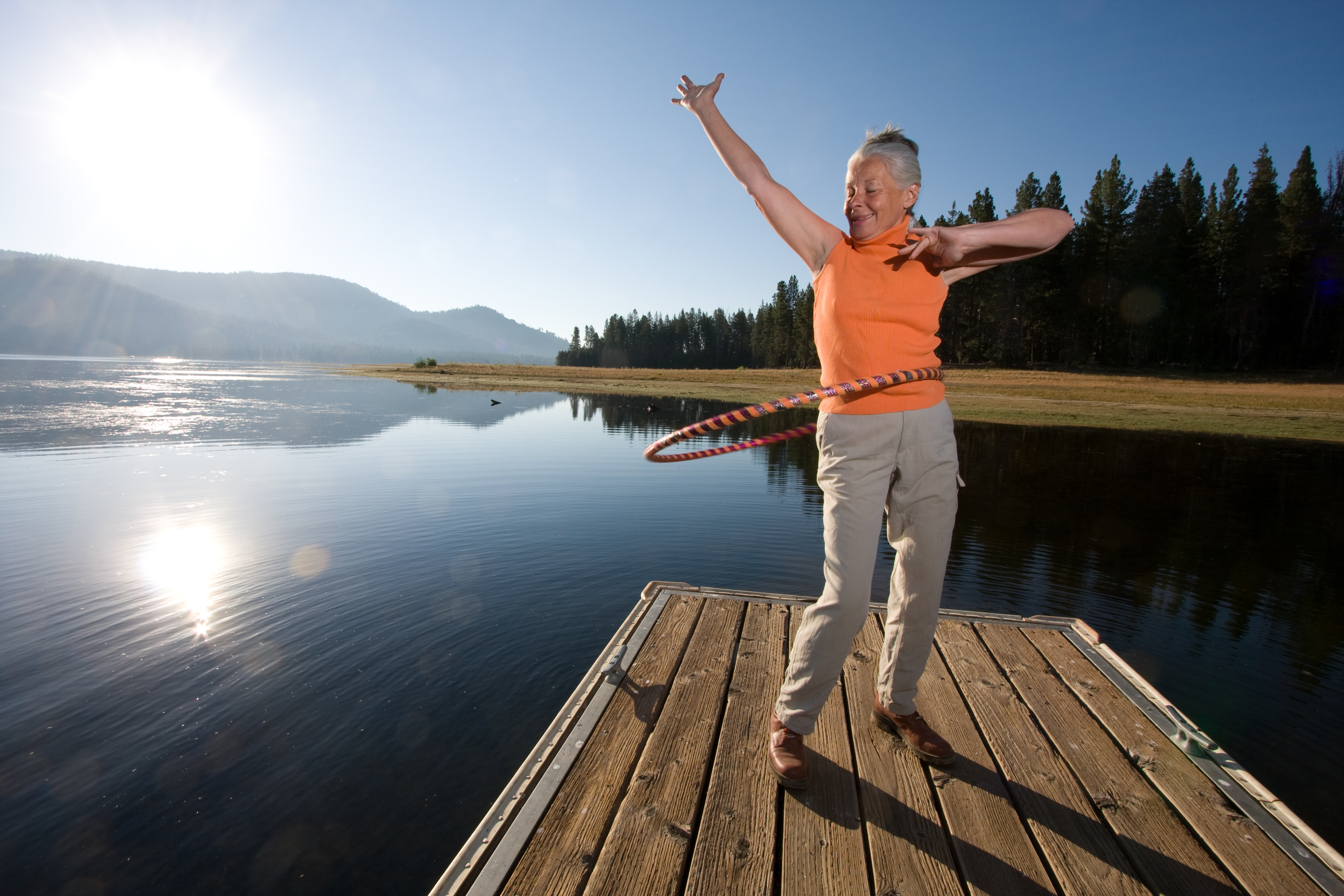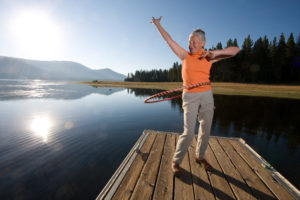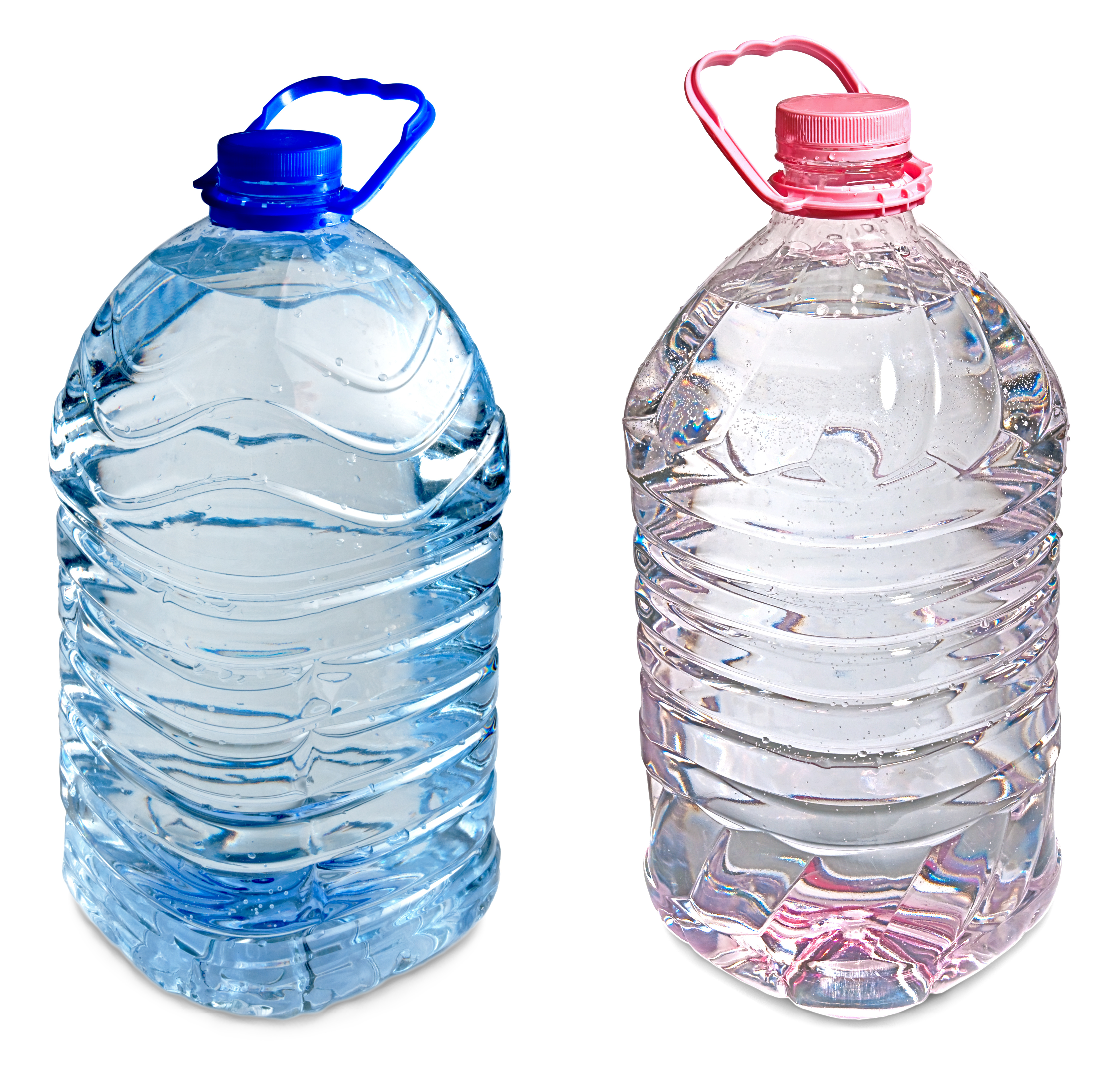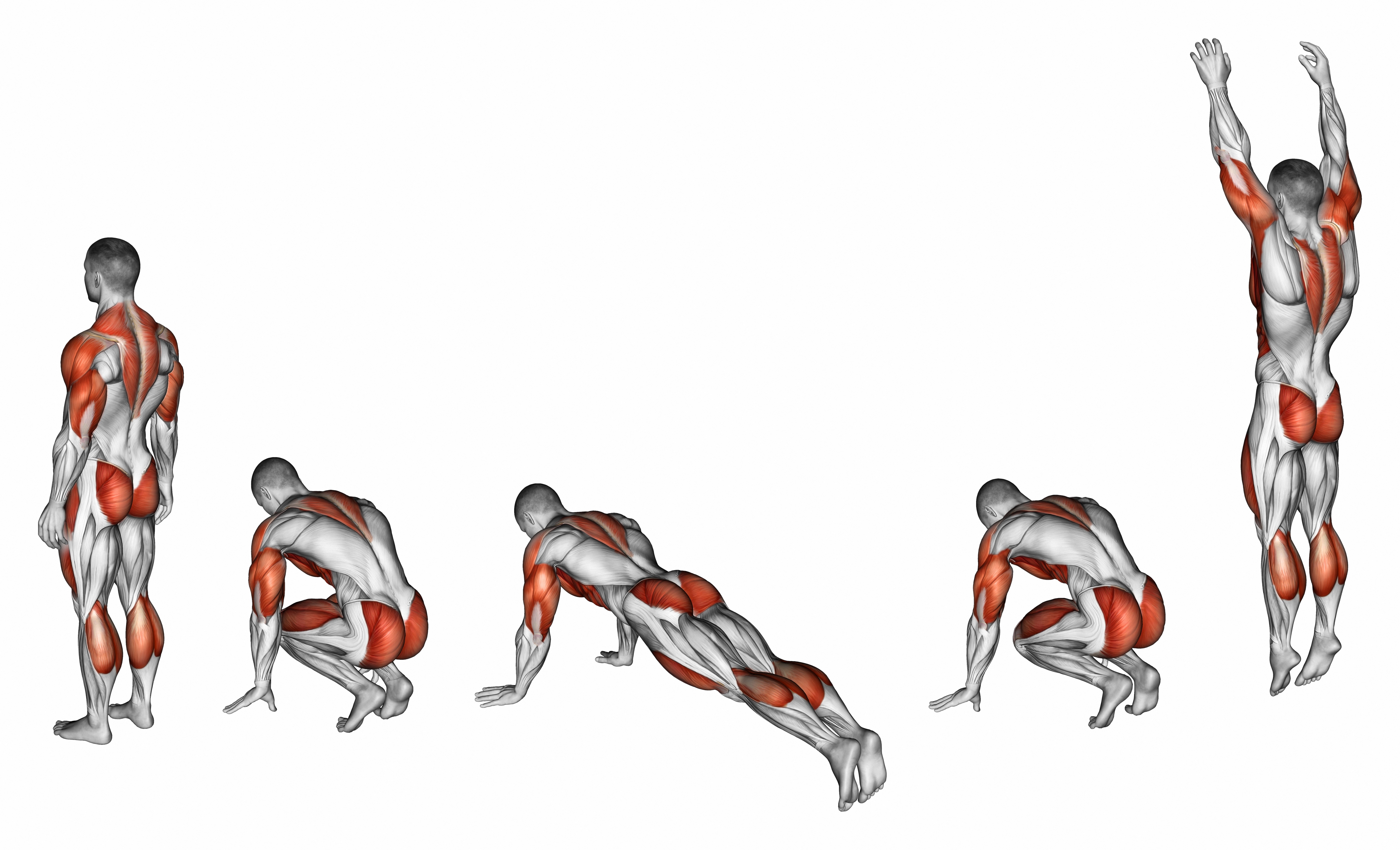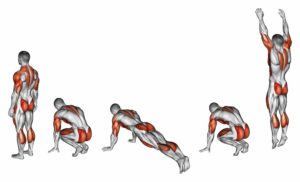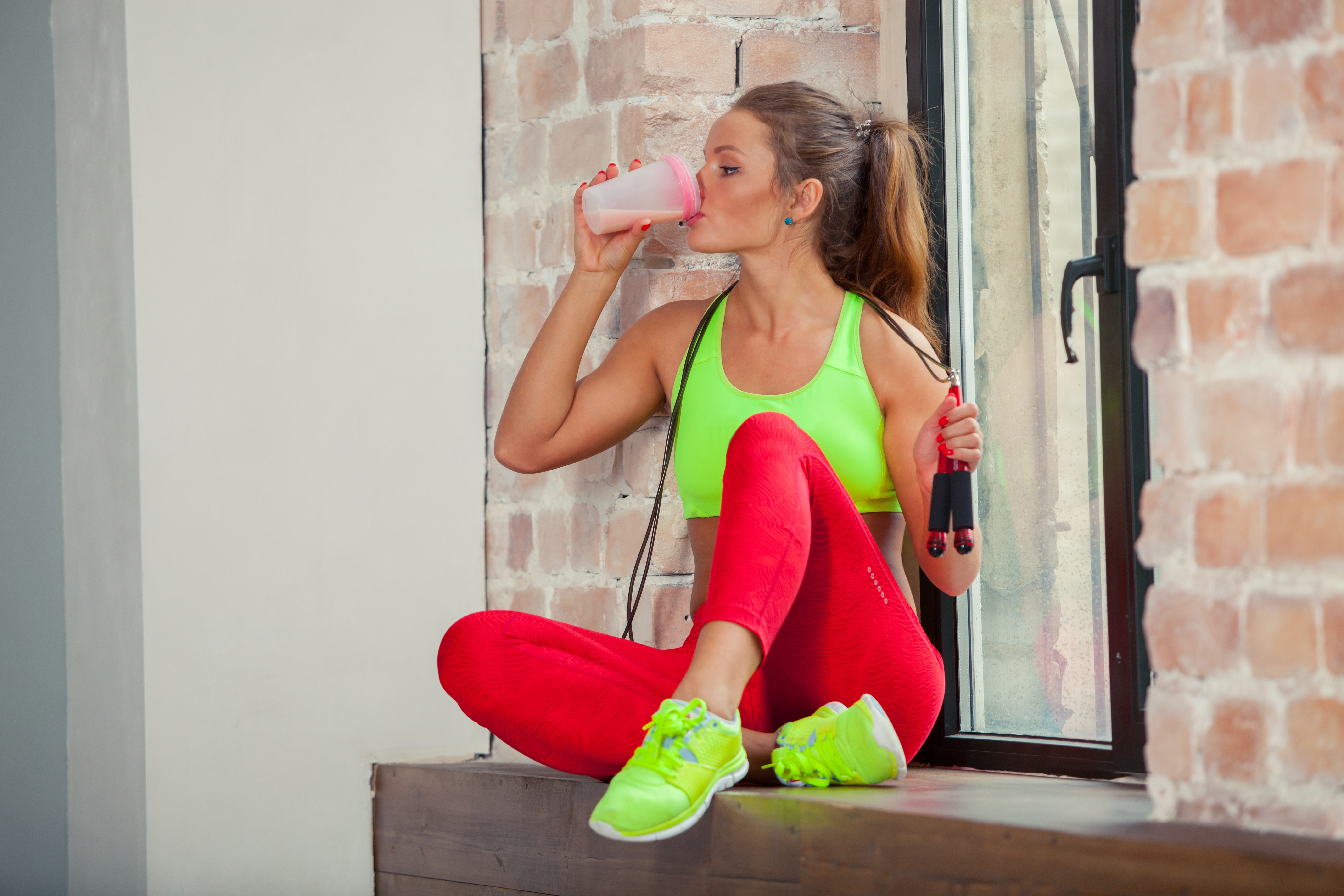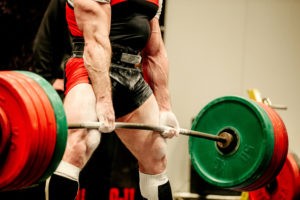
Successful at-home Training: Weights, Resistance, Circuits, Powerlifting, Bodybuilding
At-home workouts can be just as beneficial, if not better, than workouts at the gym. For one, there is no risk of embarrassing yourself while in the privacy of your own home especially if you are a grunter. You can make all the noise and faces you want in your own home.
Second, you don’t have to wait for equipment or space to be available at home or worry about sweaty equipment.
Whether your training includes weights, resistance, circuits, power lifting, or bodybuilding, you can achieve results and be successful working out at home. Your goals will determine your workout routine. Contrary to popular belief, weight lifting, resistance training, circuit training, power lifting and body building requires different skill set, nutrition and routine.
At-Home Weight Training
Setting up your home for weight training doesn’t need to be complicated. You need one thing: weights. And your body of course. You can buy weights or use household items such as gallon bottles, detergent bottles or cans. The goal is to increase the amount of the weights over a period of time. A phenomenon known as progressive overload in in the fitness industry.
First, test your strength to determine the heaviest you can lift with no more than 12 repetition with good form . The last two repetition should be difficult to execute.
An at-home weight training routine should include a 5-minute warm up, a 20 to 40-minute weight lifting session, and a 10-minute cool down with stretching. Simple at-home warm ups can include jumping jacks, jump rope, jogging in place, or alternating lunges. There are many other warm ups as well, each with the goal of increasing your heart, warming up your muscles rate and lubricating your joints before lifting.
To begin your at-home weight lifting routine start with two exercises that target the same muscle group. For instance, if you want to shape up that booty you can do lunges and squats. Then choose the weight that allows you to do between 8 – 12 reps. The last 2 reps should be difficult to complete. Repeat this 3 more times with 2-3 rest between sets. This formula can be modified by adding more movement and weights as you make progress and gain muscle and get stronger .
After weight lifting, you should cool down and stretch. Performing a bit of cardio, like the examples mentioned for your warm up, help flush your muscles of waste buildup. Flushing helps your muscles recover faster, so it’s important to never skip a cool down. After a few minutes of cardio, perform some stretches. Focus on the muscle groups you worked. Each stretch should be held for 10 to 15 seconds and repeated up to three times each.
At-Home Resistance Training
Similar to at-home weight training, resistance training will follow a 5-minute warm up, 20 to 40-minute resistance training, and 10-minute cool down and stretching. The difference between weight training and resistance training is in the equipment as well as the type of muscle contraction. Resistance training is typically accomplished with elastic bands or bodyweight, and the muscle contractions can be isometric–meaning that your muscles are contracted but not moving.
Resistance exercises with bands can include squats with a band above your knees. Simply squat like you are sitting down in a chair, keep your weight in your heels, and push your heels into the ground as you stand back up. If you place the band around your ankles, you can practice leg extensions by shifting your weight to one foot while the other leg extends straight behind you. Lift that leg as high as you can. You can hold at the top position for an isometric contraction.
Body weight training is also considered resistance training. You use the weight of your body to create the resistance. The plank–holding a push up position–is an ideal resistance exercise. Hold this position for as long as you can (usually between 30 seconds and 2 minutes). Another isometric exercise is the horse, or sumo squat, position. Spread your legs farther than shoulder-width apart, turn your feet outward, and squat down. Hold this position for as long as you can.
At-Home Circuit Training
Circuit training is a nice mixture of cardio, resistance, and weights. The goal is to keep a moderate to high intensity between exercises.
Decide which body part you want to target. You can also target you whole body . Bodyweight or free weights are both effective as long as they are challenging. To create an at-home circuit routine, simply select one cardio exercise, one resistance exercise, and one weight training exercise. Perform these in a circuit, one right after the other, without rest between exercises. At the end of each round you will rest. The reps and set is the same as resistance training. Continue your circuit for at least 30 minutes.
Circuit training is easy to switch up, offering variety. Plus, it keeps your body guessing and your heart rate up.
At-Home Powerlifting
Powerlifting is focused on lifting the maximum amount of weight one time. The best exercises for this type of lifting are squats, bench press, and dead lift. You will need at a minimum bars, plates and dumbbells to be successful in their type of training.
Even though the focus is on heavyweight, you still need to warm up your body for a minimum of 5 minutes before lifting. An ideal warm up that aides in avoiding injury includes a few minutes of cardio plus dynamic stretching. This stretching is best performed as the movement you are about to powerlift but without weight. For example, performing squats (3 sets of 10 reps) with no weight is a dynamic way to stretch before powerlifting.
In terms of equipment, you will need a bar for powerlifting along with weights. Use a collar or a clip to secure your weights to your bar.
At-Home Bodybuilding
The focus in bodybuilding workouts is on gaining muscle mass. This is different from powerlifting because you do not have to lift your maximum amount in order to gain mass. At-home bodybuilding is a combination of targeted weight lifting and nutrition (protein consumption).
Bodybuilding routines require you to lift within a hypertrophy range, which is not too light and not too heavy of weights. It’s recommended to complete 3 – 4 sets of 8 – 12 reps or you can choose weights that you can only execute with 8 reps and same amount of sets. Take short rest period in between sets if you want to you muscle to grow. If you want to become stronger your rest between sets should be longer.
With consistentency, right technique, and nutrition you can achieve your goals at home with stepping foot in a gym.
Page 1 of 1
